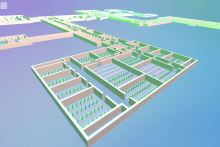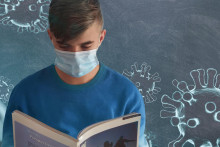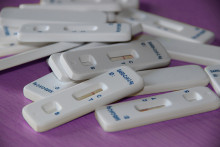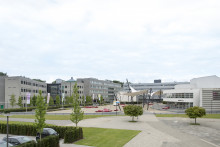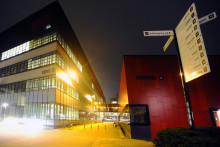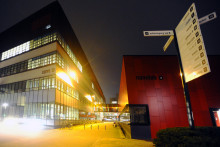In the simulation, digital students are ‘released’ into the halls and corridors of the Horst Building. Some of them are infected with the coronavirus. Then, in the simulation, various Covid measures are imposed, such as mandatory face masks, social distancing, restricted walking paths and adjusted building capacity. The central question is: who gets infected under which set of measures? Since the differences can be easily measured in the simulation - the restrictions can be adjusted at the push of a button.
Project
The students built their simulation for the minor course Multi-Agent systems. The title of their study is 'Agent based simulation of Covid-19 spread in campus building'. Matteo Tafuro, Karolis Girdziunas, Elena Dalova and Sjoerd de Jong participated in the project.
For their research, the project members built a so-called agent-based simulation. 'There are different models that can simulate and predict the spread of the coronavirus,' explains Advanced Technology student Matteo Tafuro. 'Usually mathematical methods are used for this, which are based on equations. But nowadays agent based models are being used more and more.'
The four UT students also use the latter technique. According to group member Karolis Girdziunas, this model provides a better representation of reality. 'With this technique we can simulate a dynamic environment like the Horst building,' explains the Electrical Engineering bachelor's student. 'The different students – the actors in the simulation – are each given their own tasks, such as walking to another lecture hall, or to the coffee machine. If the students get too close to each other, and one of them has the coronavirus, a contamination might occur.'
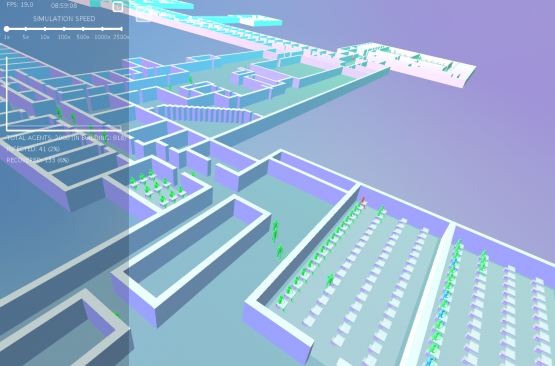

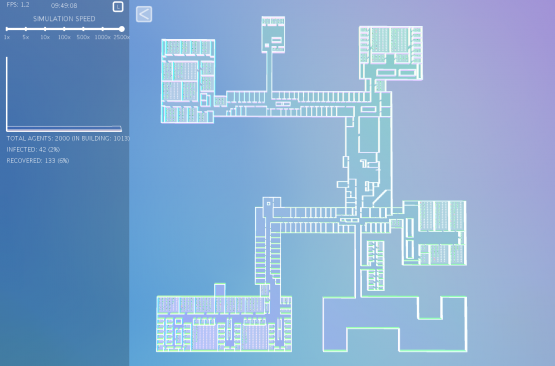
Screenshots of the simulation: the red actors are infected with Covid-19, blue actors recovered from Covid and green actors have not been infected yet.
For five simulated days, the computerized students are monitored, followed by a different set of measures. This means they have to deal with different restrictions each simulated working week, so that the effectiveness of the different measures can be measured. The outcome of the simulation: limiting building capacity, wearing face masks and social distancing are effective in stopping the spread of the virus. Restricted walking paths and fixed routes, or keeping one's distance without a significantly lower building capacity, are of little use.
These outcomes are easily explained, according to group member Sjoerd de Jong, master's student in Mechanical Engineering. 'In our simulation, students – just like in real life – spend most of their time in the lecture halls when on campus. Only a small part of the day is spent moving around the building. Therefore, the risk of spreading the virus is pretty small there.’
Above all, the results show that the measures currently in place at UT do make sense, Girdziunas says. Yet the students do not venture a recommendation for the university. ‘We can't make any judgments on the basis of this study. If we were to do so, we would have to expand the study further. For example, we would have to add surface infections, additional actors such as teachers, more social interactions and sanitation to our simulation.'
According to Tafuro, there are nevertheless important lessons to be learned from the study. 'Simple things like wearing a face mask, keeping your distance and reducing building capacity make a big difference. I hope our research contributes to that understanding.’


